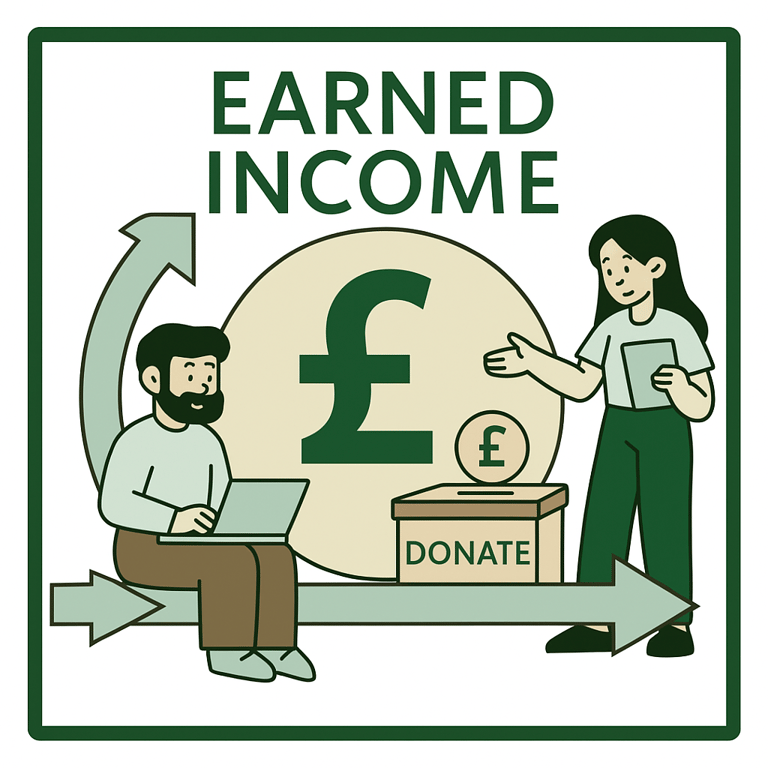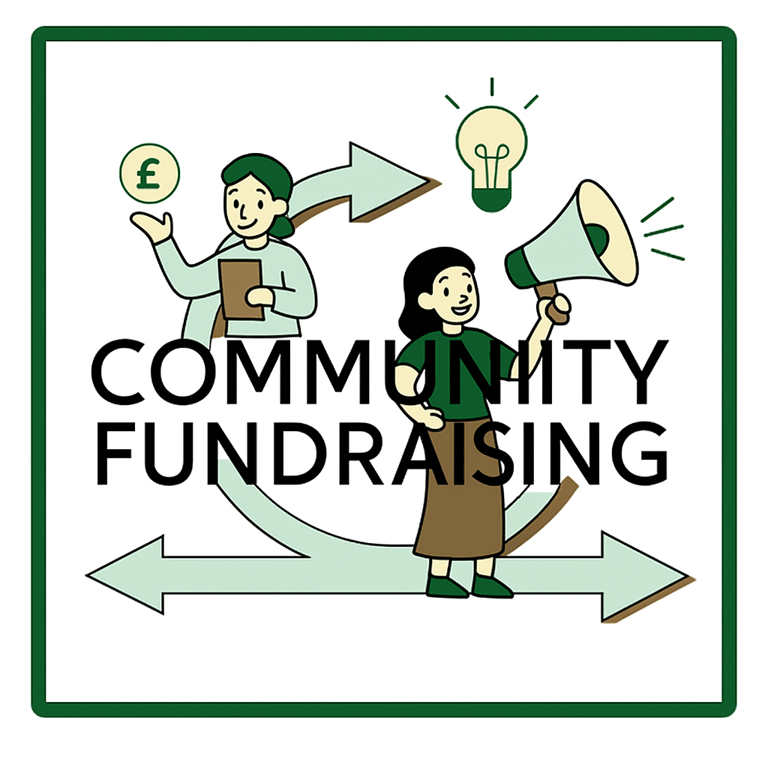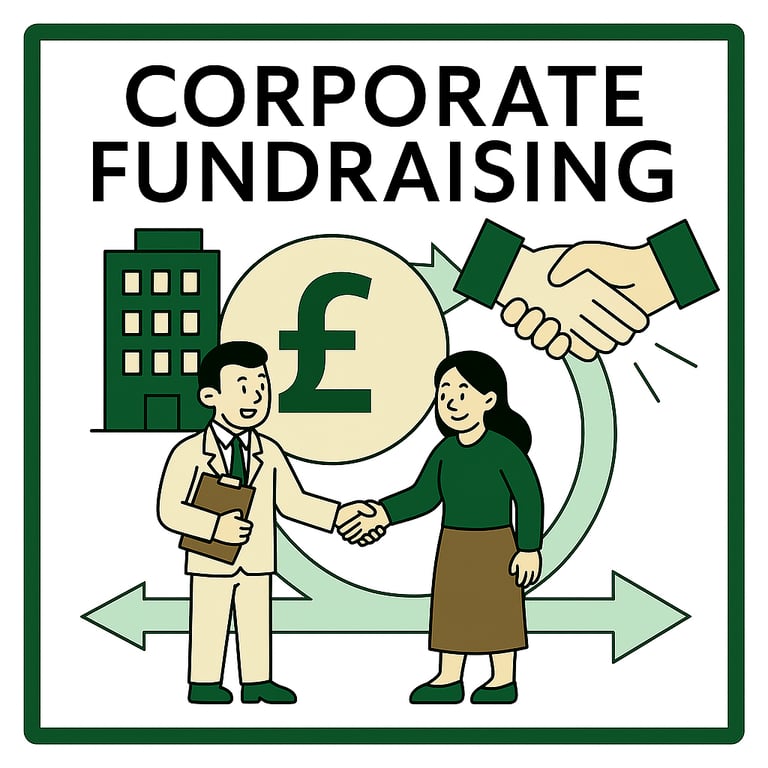Our Agile Services
Empowering charities with agile methods for sustainable income and community engagement.
At PlaceBased Agile, I work with charities, CICs, and public teams to bring clarity, adaptability, and purpose into the way you plan, deliver, and grow.
Our services are designed for teams who want to do more of what matters, without getting stuck in big strategies, long timelines, or systems that don’t fit. Full packages described below (from our Grown and Embed stream).
We offer installment plans on all our packages.
Pricing details here:
Agile support across 3 core areas:
💷 Agile for Earned Income
Discover and build income streams with purpose, not pressure.


Grants can restrict your priorities. Trading can overstretch your team. We help you explore earned income that actually fits — through small, structured sprints that let you learn, adapt, and stay mission-aligned from the start.
At Placebased Agile, we use agile not just to deliver services, but to discover them.
We support your team to test income ideas in the real world, using short loops of feedback, reflection, and iteration. Along the way, we bring in just enough strategy to help you focus without getting stuck in planning.
How It Works
We guide you through an Agile Discovery Sprint, followed by optional support to build your offer using agile delivery methods.
Phase 1: Agile Discovery Sprint
You’ll work in short loops to:
Identify realistic income opportunities aligned with your mission and capacity
Develop and test Minimum Viable Offers (MVOs) — digital or in-person, free or paid
Gather feedback from potential users, partners, or buyers
Use light-touch tools to prioritise, prototype, and sense what’s viable
Tools we often draw on (Agile is a framework that works with any tool(s). We'll use the tools that work best for you):
Value Proposition Canvas – to clarify what your users want
Business Model Canvas – to explore how value flows and where income fits
Capability Heatmapping – to check team readiness before committing
Service Portfolio Mapping – to integrate or reposition existing work
SWOT or PESTEL – to explore timing and external shifts when helpful
Phase 2: Agile Delivery Support
If an offer proves viable, we help you:
Prioritise features and delivery components into a manageable backlog
Set up a light agile rhythm (e.g. weekly sprints, check-ins, retrospectives)
Coach team leads or delivery partners to build and learn without burnout
You don’t need to build a business plan. You need a structure that helps you move, listen, and adjust.
Example Outcomes
A pay-what-you-can workshop piloted in a local space
A simple digital download or resource hub with a donation ask
A priced pilot for an advice clinic, membership, or training
A prototype of a consultancy, facilitation, or place-based offer
Confidence to say no to income streams that don’t align — with good reason
Agile Service Use Cases
A heritage charity tests a paid archive tour with community-built audio guides
A youth-focused CIC develops a sliding-scale mentoring offer for local schools
A climate hub pilots a neighbourhood workshop as a fee-based training for council staff
A faith-based org co-designs a spiritual wellbeing toolkit with a pay-it-forward option
Why this matters
We don’t believe income should come at the cost of trust, clarity, or care.
We believe core costs matter and prioritise grant independence.
Our agile discovery approach helps you test what’s possible, not just what’s fundable.
You’ll finish with insight, direction, and the right next step for your team.
This is revenue strategy for people who don’t want to become a business — but do want to sustain the work that matters.
🔁 Agile for Community Fundraising
Give your community more ways to give — with less guesswork.


We help you design, test, and scale community-driven fundraising ideas without wasted effort or guesswork. You’ll leave with clear next steps, the tools to keep learning, and campaigns that match your team’s energy, not overwhelm it.
Together, we’ll:
Map your current fundraising assets, efforts, and relationships
Identify quick, testable ways to invite support (digitally or in-person)
Set up a feedback loop to learn what works (and what doesn’t)
Pilot one or more Minimum Viable Campaigns (MVCs)
Coach a fundraising lead to run light-touch sprints independently
How It Works
We guide you through an Agile Discovery Sprint, followed by Agile Delivery Support to launch and grow your campaign using agile delivery rhythms.
Phase 1: Agile Discovery Sprint
In just a few short loops, you’ll:
Explore fundraising ideas aligned with your values, team capacity, and community relationships
Develop and test Minimum Viable Campaigns (MVCs) — simple, smart, and quick to launch
Gather feedback from your local community, supporters, and donors
Learn what works in the real world (not just what feels urgent)
Tools we often draw on (we choose based on your context):
Donor Journey Mapping – to centre relationship-building
Digital Collection Audit – QR, NFC, JustGiving, and donation flow mapping
Value Proposition Canvas – to align your asks with what supporters actually care about
Feedback forms, polls, or short interviews – to shape next steps fast
Phase 2: Agile Delivery Support
If a campaign or tool proves viable, we support you to:
Set up a light rhythm of test > reflect > refine
Create a simple backlog of tasks and ideas
Coach a fundraising lead or community partner to own and adapt the work
Track impact with minimal admin
Example Outcomes
A QR-enabled poster campaign in local shops, food banks or mosques
A community donation jar pilot with NFC touchpoint in a trusted venue
A low-cost seasonal campaign co-designed with service users
A peer-led mini-campaign for a specific local need
A clear sense of what’s worth doing again, and what isn’t
Why This Matters
Community fundraising shouldn’t feel like cold outreach, or a desperate plan B.
Agile gives you space to start small, learn early, and build trust as you go.
With this approach, you can:
Focus on supporter relationships, not just income targets
Make progress without waiting for the perfect moment or big campaign
Use your tools — and your time — more intentionally
Build a fundraising culture that fits your team and community
This is for teams who want to treat community fundraising as a system to iterate, not just a campaign to launch.
💼Agile for Corporate Fundraising
Structure your partnerships. Learn what resonates. Build trust without guesswork.


Corporate partnerships aren’t just about pitching — they’re about learning what companies value, matching your offer to their motivations, and building a rhythm that respects your team’s time.
We help you explore and iterate your corporate fundraising approach using Scrumban — a hybrid framework that blends visual workflows with agile feedback loops.
Together, we’ll test sponsorship offers, partnership ideas, or engagement strategies in manageable sprints — with enough structure to track progress and enough flexibility to respond to what you learn.
How It Works
We guide you through a short Agile Discovery Sprint focused on corporate giving, followed by optional Agile Delivery Support to iterate your partnership efforts over time.
Phase 1: Agile Discovery Sprint
You’ll start by mapping what you already know — and quickly begin testing what you don’t.
In just a few loops, you’ll:
Prioritise warm leads and map current corporate relationships
Draft and test light-touch partnership offers or sponsorship materials
Run structured feedback calls with trusted allies or warm contacts
Use a live Scrumban board to visualise progress, blockages, and next steps
Tools we often draw on:
Partnership Mapping – to group prospects by type, readiness, and potential value
Sponsorship Canvas – to sketch, test, and refine value propositions
Lead Tracker Board (Scrumban) – to make your pipeline and comms visible
Retrospective Templates – to reflect on what’s working in your approach
Service Class Tags - categorise partners or tasks by service class via swimlanes on your kanban board (e.g. strategic partner, pro bono, CSR grant, etc.) to help prioritise or apply different “rules.”
Feedback Loops Directory - track where and how you collect feedback (from prospects, colleagues, board, funders).
Phase 2: Agile Delivery Support
After gaining intel from Sprint one, we help you build and learn with pace and care:
Track prospects and follow-ups through a shared visual board
Organise fundraising work into sprints and steady improvements
Coach internal leads to run reviews and retrospectives with confidence
Adjust and adapt based on feedback from stakeholders and internal capacity
You won’t need to build a corporate strategy document. You’ll build a rhythm that lets you learn from the real world.
Example Outcomes
A refreshed partnership deck tested with three warm CSR contacts
A Trello-based board to track proposals, feedback, and follow-ups
A small co-branded campaign co-created with a local employer
An employee fundraising pilot launched via existing contacts
A clear, values-based decision to pursue (or pause) specific corporate asks
Why This Matters
Corporate fundraising can feel like a slow mystery — or a high-stakes sales process. With Scrumban, it becomes visible, manageable, and testable.
You can:
Learn from real feedback, not just best guesses
Track progress and blockers without adding a new system
Reduce pressure by working in short, intentional sprints
Focus on long-term relationships, not just immediate income
This is for teams who want to approach corporate fundraising as a learning journey — and build partnerships with intention, not urgency and with greater clarity.
Empowering Local Charities & Community Organisations to Grow and Transform with Agile
Contacts
By email: sprint@placebasedagile.co.uk
By phone: 073499626390
© 2025. All rights reserved.


PlaceBased Agile is operated by David Wallace-Hare, a sole trader based in the UK. Registered business address: Suite A, 82 James Carter Road, Mildenhall, IP28 7DE
